Resume este artículo con IA Chat GPT Every year, thousands...
Read moreThe French Way (Camino Francés) is the most popular and historic route of the Camino de Santiago pilgrimage. It begins in Saint-Jean-Pied-de-Port, a small town in the French Pyrenees, and stretches approximately 770 kilometers (480 miles) across northern Spain to Santiago de Compostela in Galicia.
Along the way, pilgrims walk through diverse landscapes — from the rugged Pyrenees and the vineyards of La Rioja, to the vast plains of Castile and León, and the lush green hills of Galicia. The route passes through many iconic cities and towns, including Pamplona, Logroño, Burgos, León, and Astorga.

From 3.950€

GUIDED TOUR PREMIUM
An exclusive experience on the Camino Francés to Santiago de Compostela
From 4.270€

GUIDED TOUR PREMIUM
An exclusive experience on the Camino Francés to Santiago de Compostela
From 970€
SELF GUIDED
An exclusive experience on the Camino Francés to Santiago de Compostela
From 1.920€

SELF GUIDED PREMIUM
The best of what the Camino Frances has to offer over just two weeks! Trail by mixing walks and train travel.
From 3.950€
SELF GUIDED
This is the iconic Camino de Santiago Way, from St Jean in the French Pyrenees to Santiago de Compostela.
From 1.620€

SELF GUIDED PREMIUM
Starting in O Cebreiro It is a great route for those willing to explore the French camino in Galicia.
From 1.540€

SELF GUIDED PREMIUM
Embark on a transformative journey along the Camino de Santiago, starting from the quaint town of Sarria, with shorter stages.
From 1.260€
SELF GUIDED
Get caught up in all atmosphere of the Camino de Santiago as you join the French Way for the last 100kms
Many pilgrims are worried about the level of difficulty that the Camino Francés could represent for them. If you don’t feel so trained, if you walk with children or with your dog, if you simply want to enjoy a stress-free experience and are looking for a more simple route, you can choose to walk a Camino Francés Easy. Let’s see the distances and the stages along this route and why it could be a great choice.
773 Km
36 stages
37 Nights
5/5
Saint Jean de Pied de Port
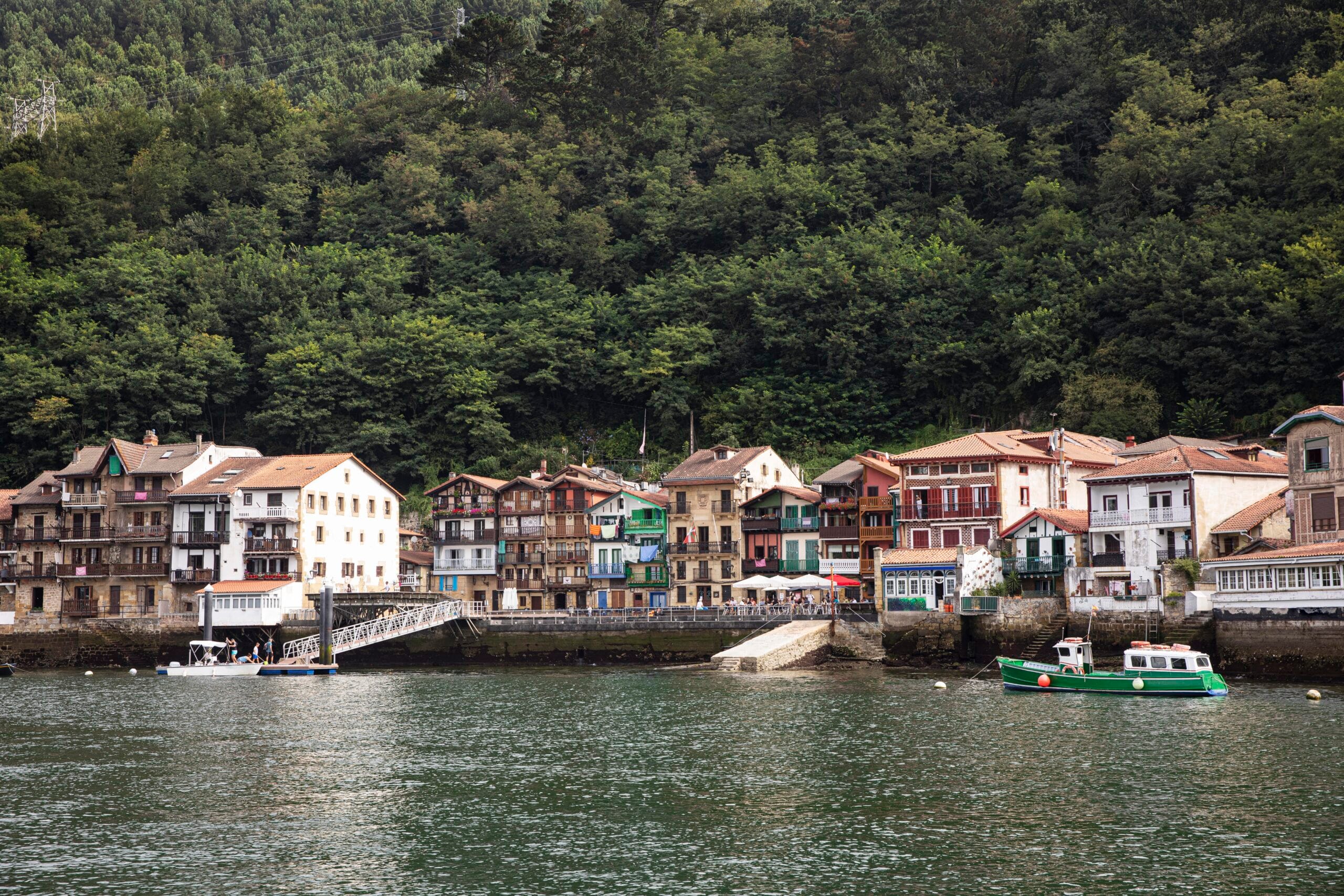
This small fortified medieval village is one of the most popular starting points on the French Way. It is located in the south of France, close to the Pyrenean border with Navarre. Its narrow, cobbled streets and emblematic architecture led to this citadel being declared a UNESCO World Heritage Site.
For centuries, many pilgrims have chosen to begin their pilgrimage here, adding a sense of historical continuity and tradition to this place. In addition to its Jacobean importance, a few kilometres away is Ostabat, the point where three of the main routes through French territory converge, those from Le Puy, Limoges and Tours.
685 Km
30 Stages
31 Nights
5/5
Pamplona

Pamplona is the capital of the Autonomous Community of Navarre in north-western Spain.
Located in the heart of the Pilgrim’s Way to Compostela, Pamplona is the first city from Roncesvalles. In this city you can visit Ultreia, a Pilgrim Welcome and Interpretation Centre on the Pilgrim’s Way to Santiago that presents the history of the city and its relationship with the Pilgrim’s Way through interactive and audiovisual resources.
In addition, as a curiosity, Pamplona was chosen by the writer Ernest Hemingway as a place of residence during the Spanish Civil War in search of inspiration for several of his reports and novels, in which he wrote about its San Fermín fiestas.
500 Km
22 Etapas
23 Noches
5/5
Burgos
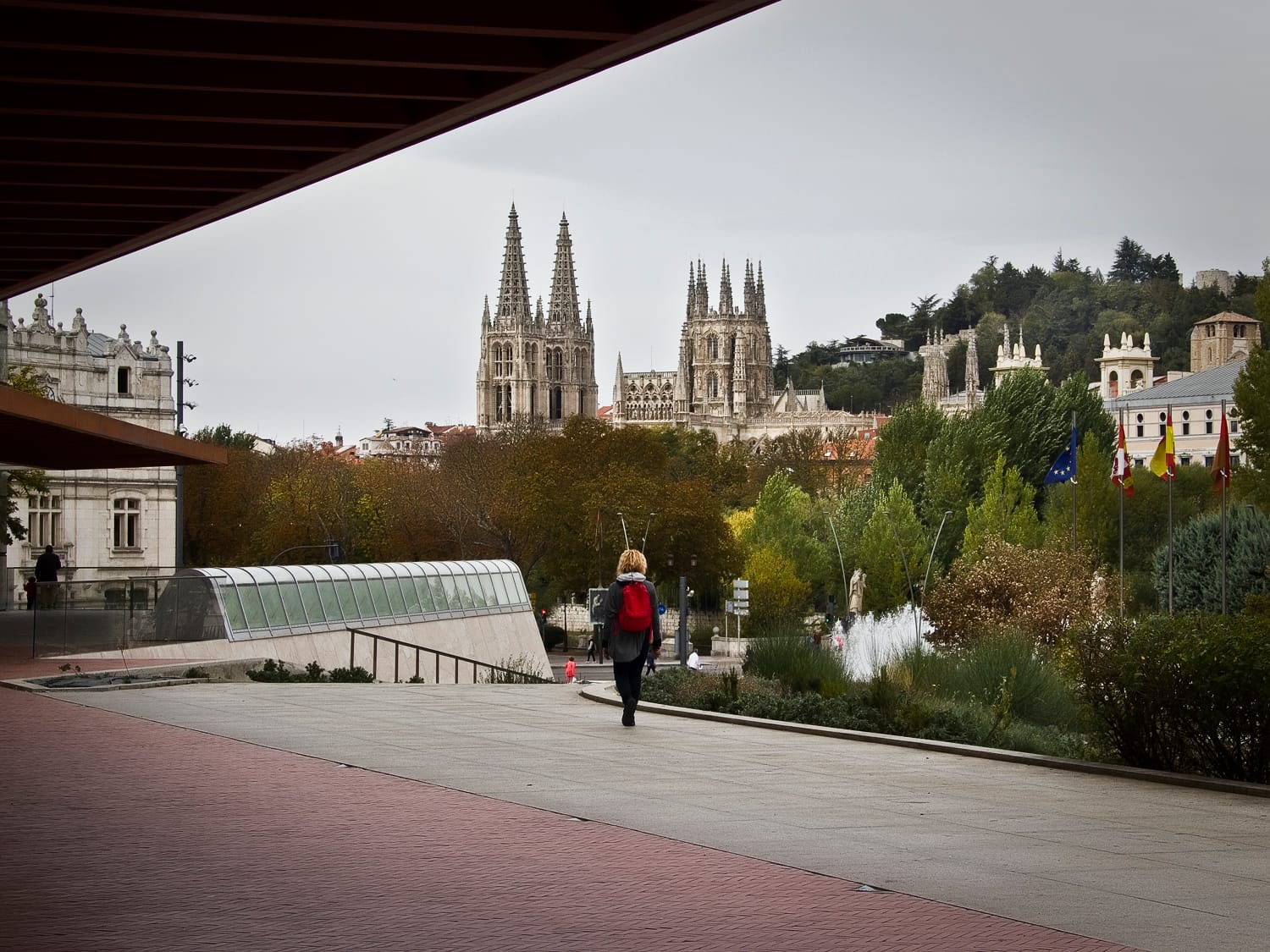
The city of Burgos is a city in the autonomous region of Castile-León whose origins date back to the Middle Ages. There you can visit numerous historic buildings and castles as well as its Cathedral, declared a World Heritage Site by UNESCO and a symbol of Spanish Gothic architecture.
It is one of the most important towns on the French Route. Such was the importance of the city of Burgos in the first centuries of pilgrimage that it is estimated to have had as many as 32 hostels for pilgrims, making it the most hospitable city in Europe.
All its religious institutions and buildings, including its Cathedral, revolved around the pilgrims. If you like history, you will find it everywhere in Burgos. The city evokes countless historical figures through its monuments and corners, where the figure of Rodrigo Díaz de Vivar, El Cid Campeador, born nearby and whose remains rest in the capital’s Cathedral, stands out.
306 Km
16 Etapas
17 Noches
5/5
León
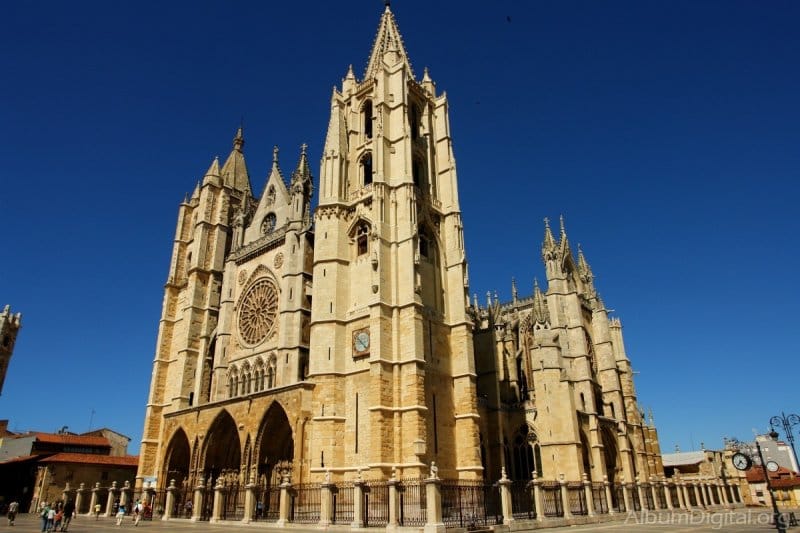
It is the capital of the province located in the northwest of the Iberian Peninsula and one of the most popular starting points among pilgrims when starting their journey on the Camino de Santiago. Arriving or starting in this city means having completed almost half of the route, as it is located halfway between Saint Jean Pied de Port and Santiago de Compostela.
It has a valuable historical and artistic heritage and is home to countless stories and legends. Of particular note is the Royal Convent of San Marcos, now a Parador de Turismo, which was a former pilgrims’ hospital and a prison where the writer Francisco de Quevedo stayed for almost four years.
200 Km
10 Etapas
11 Noches
4/5
Ponferrada
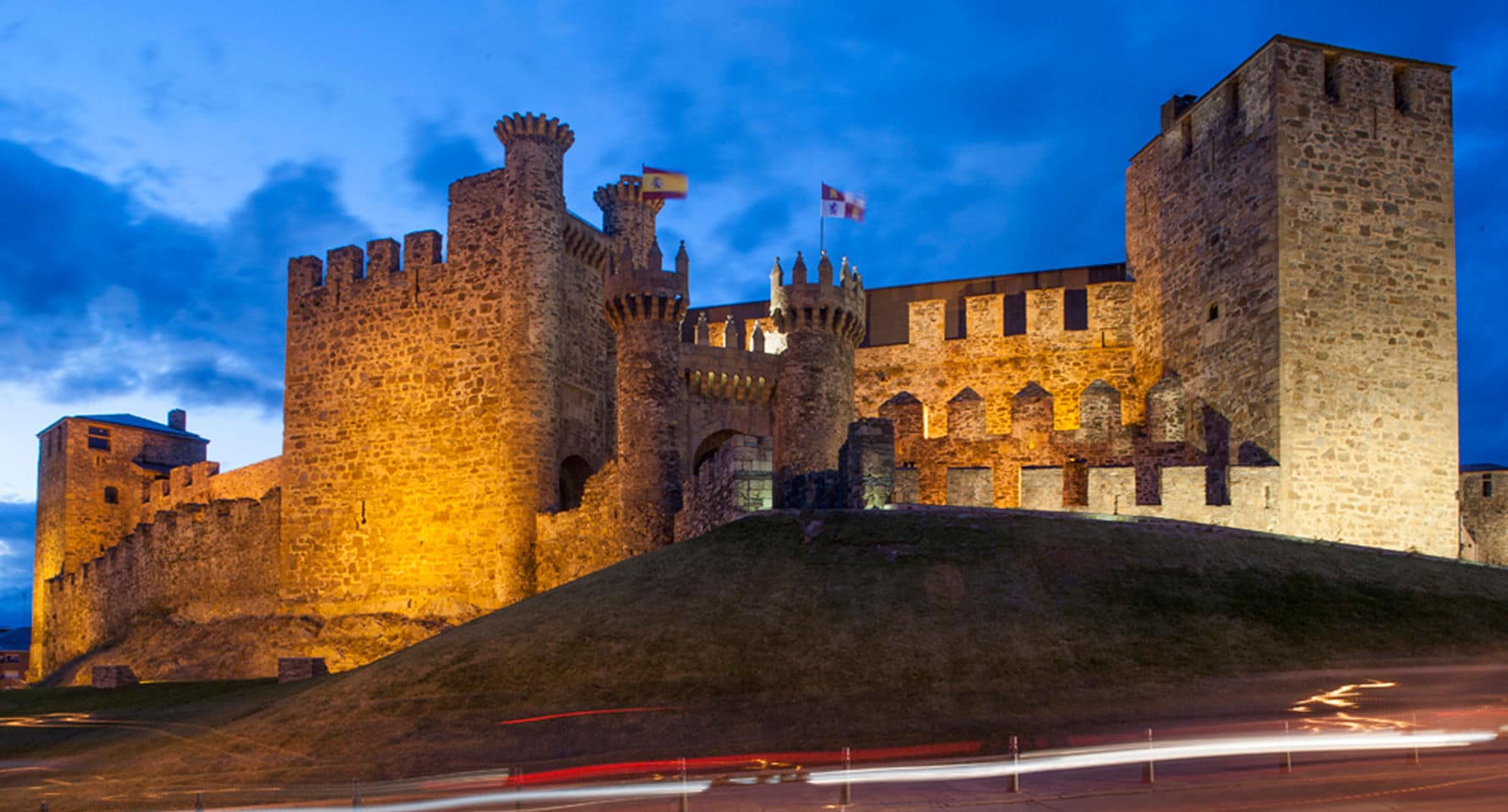
It is a municipality and city in the province of León, capital of the region of El Bierzo. Surrounded by mountains and located in the heart of the Camino de Santiago, it is also known as ‘The city of the Templars’ because of its castle, one of the most spectacular fortresses in Spain, declared a National Monument. It is said that one of the reasons why the castle was modified on numerous occasions was to provide greater security for the route and for pilgrims passing through the town.
155 Km
7 Etapas
8 Noches
3/5
O Cebreiro
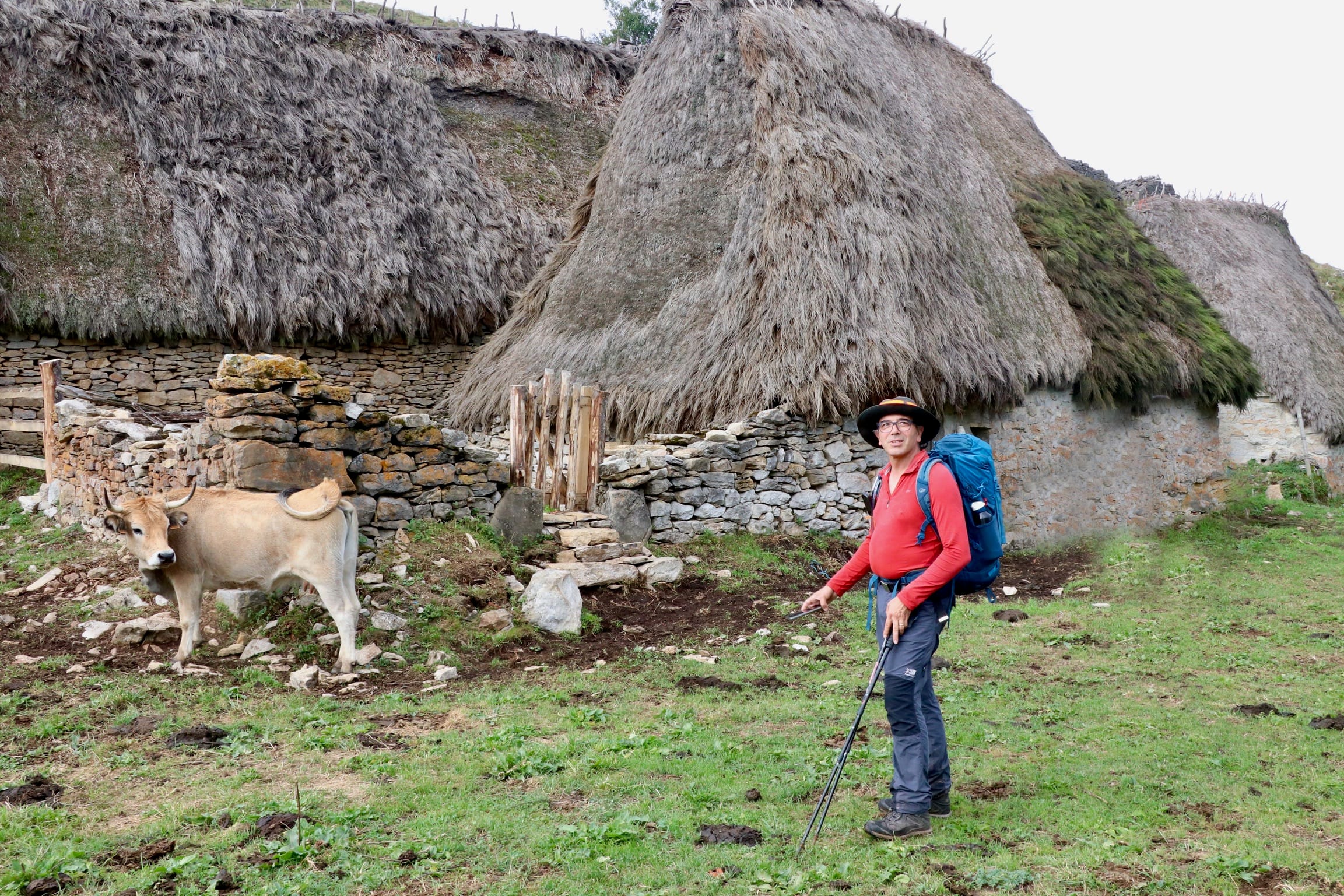
The section that begins in O Cebreiro is one of the most beautiful and symbolic of the Camino de Santiago. Located high in the mountains of Lugo, this small village of pre-Roman origin welcomes pilgrims to Galicia. With its traditional stone and straw pallozas and historic church, O Cebreiro offers a magical atmosphere that combines spirituality, history and nature.
From there, the path descends and winds through mountains, chestnut forests and Galician villages that seem frozen in time. As they continue, pilgrims pass through charming places such as Triacastela, Sarria (the starting point for many seeking to complete the minimum 100 km for the Compostela), Portomarín with its fortified church of San Nicolás, and Palas de Rei, which marks the entrance to the province of A Coruña.
The route continues through green meadows, shaded corridors and hospitable villages until it reaches Arzúa, known for its famous cheese with designation of origin, and further on to O Pedrouzo, the last stop before the grand destination. Finally, the route culminates in the majestic Cathedral of Santiago de Compostela, where emotion and tradition intertwine on arrival at the Plaza del Obradoiro.
In total, it is about 155 km full of history, unforgettable landscapes and human experiences that make this section one of the most memorable of the French Way.
100 Km
5 Etapas
6 Noches
3/5
Sarria
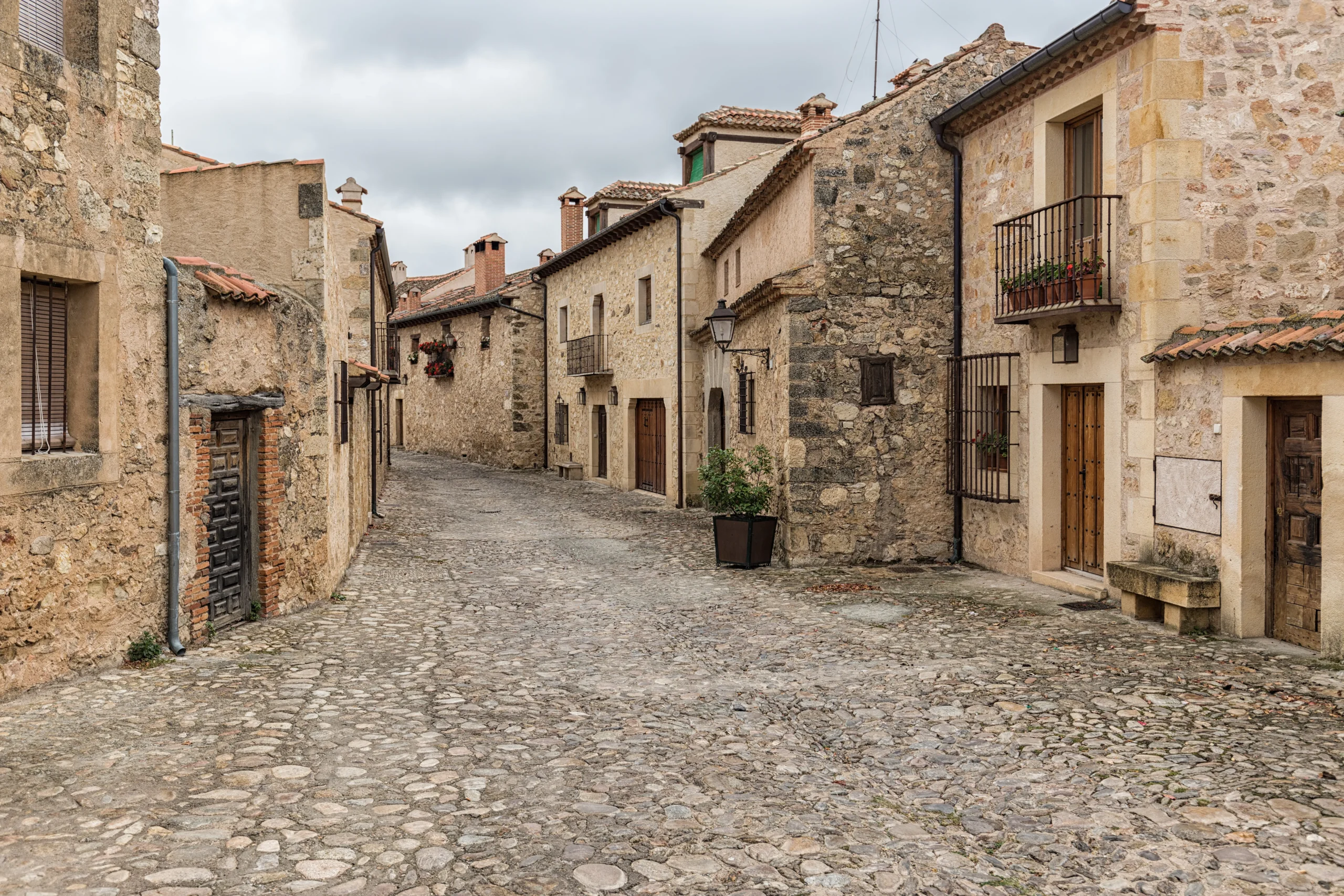
Located in Lugo, Galicia, it is one of the most popular points on the French Way of St. James. Here thousands of pilgrims decide to start the pilgrimage every year to make the popular route Sarria-Santiago de Compostela. This Galician town is about 100 km from Santiago de Compostela, the minimum distance needed to obtain the Compostela.
In Sarria you can visit dolmens and petroglyphs around the town that show the human presence in the area since prehistoric times.
In Sarria you can visit dolmens and petroglyphs around the town that show the human presence in the area since prehistoric times.
As a Camino de Santiago tour organiser, we take care of everything to ensure your route is as comfortable as possible. We care about your wellbeing and adapt to your needs at every moment.

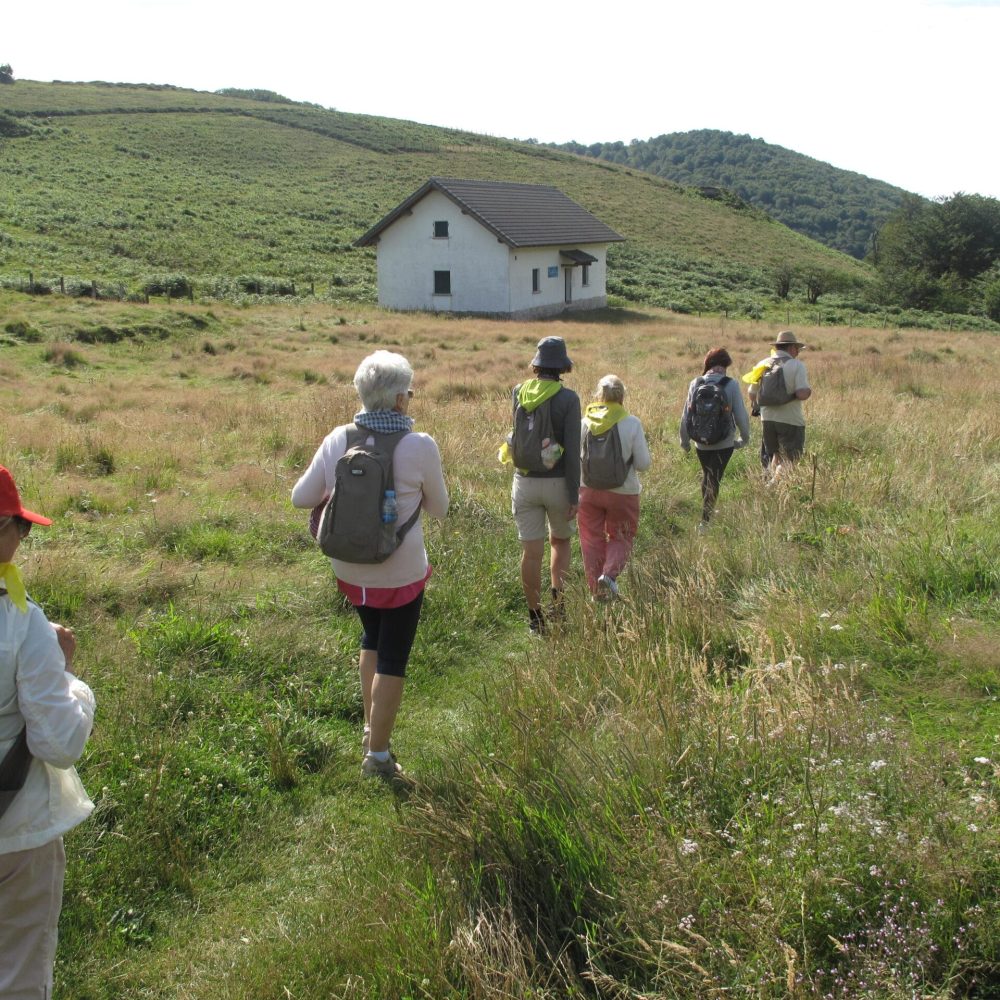

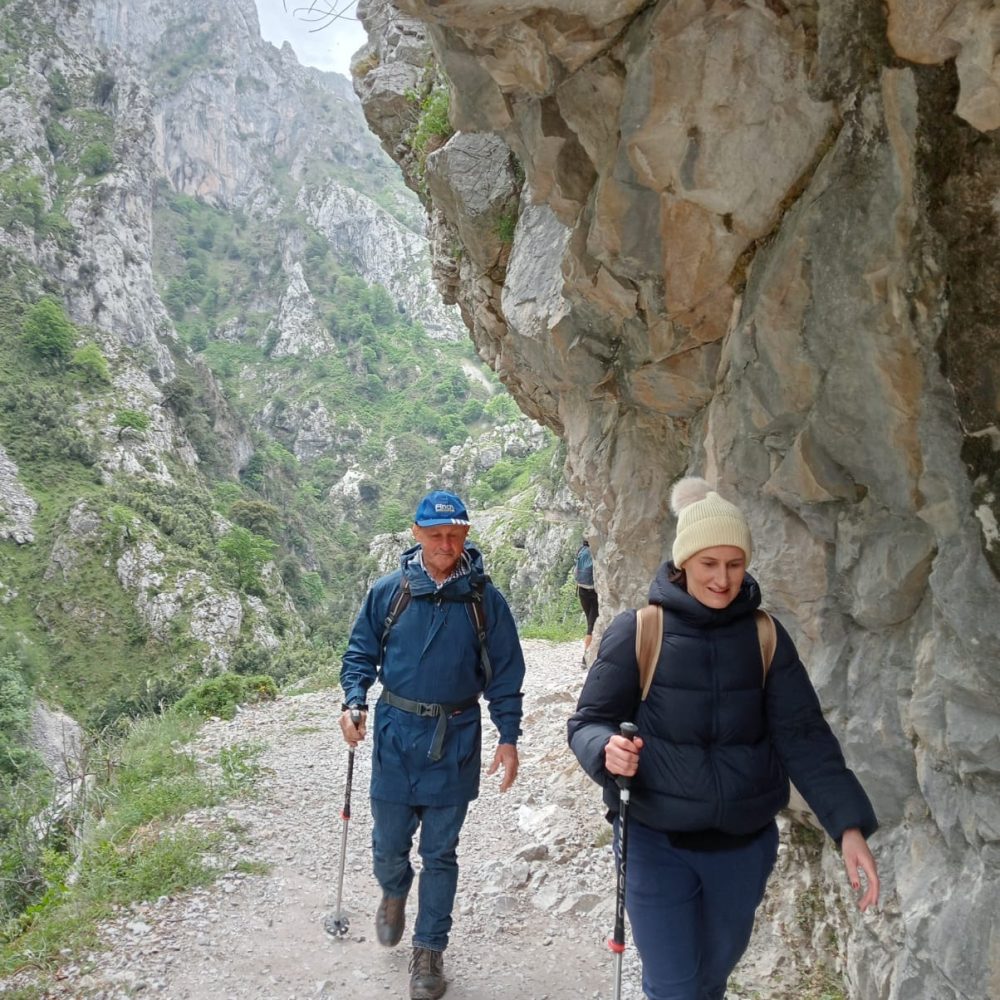
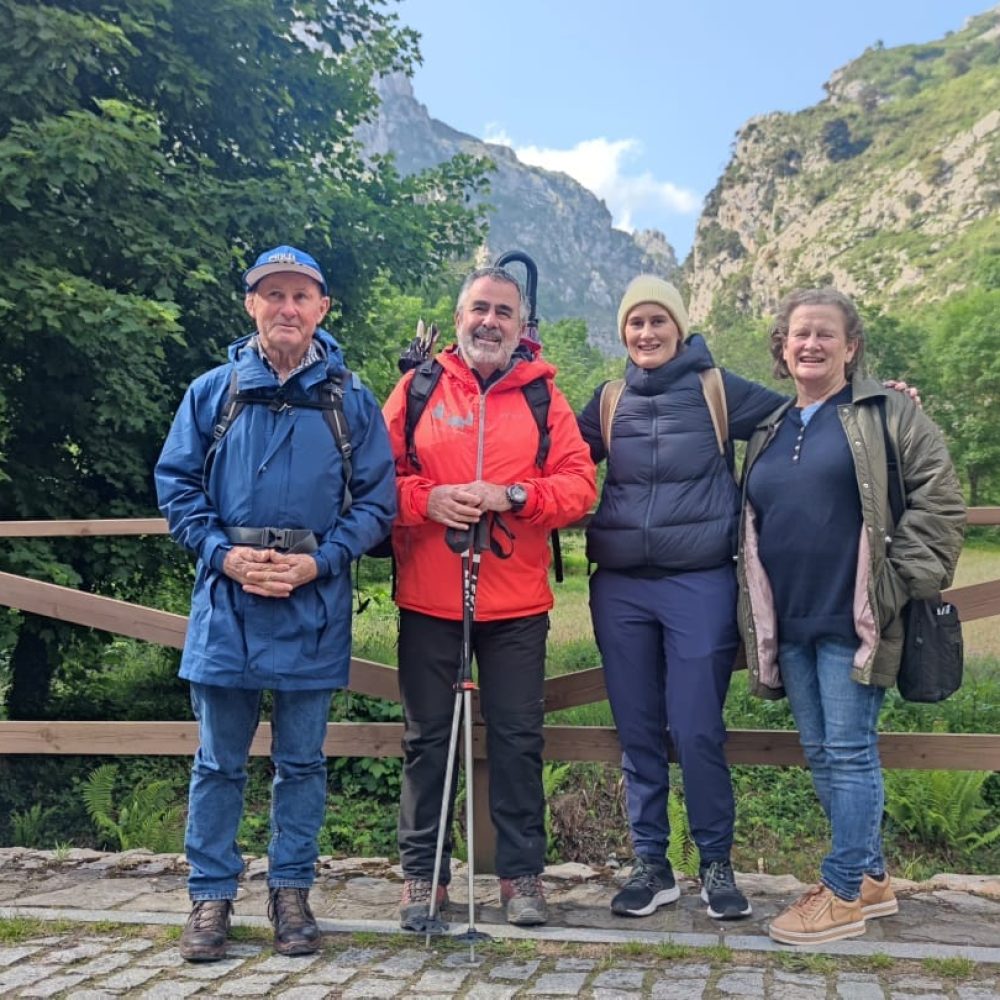
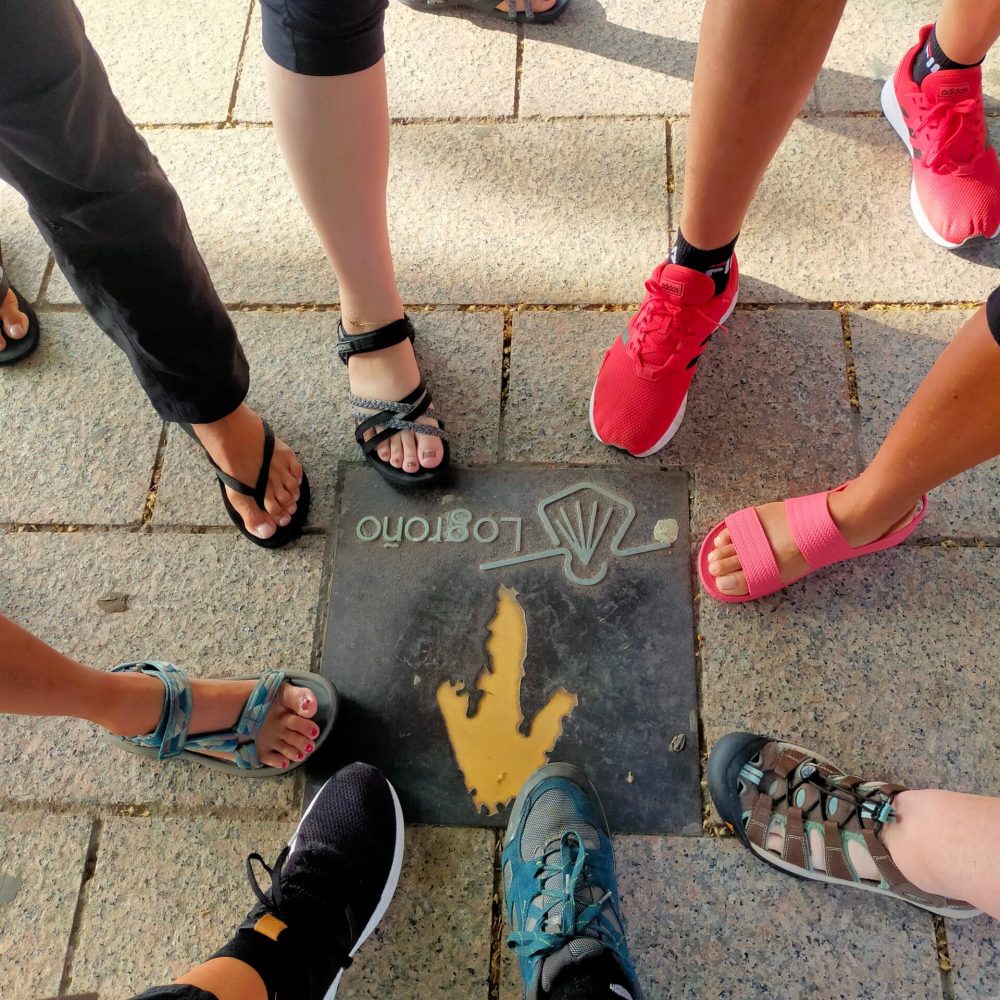
The history of the French Way dates back to the 9th century, when the discovery of the remains of the apostle St James in Compostela turned this city into an important centre of Christian pilgrimage, comparable to Rome and Jerusalem.
During the Middle Ages, this route was used by thousands of pilgrims from all over Europe who entered the peninsula via the Pyrenees. The French Way grew in importance thanks to the support of monarchs, the construction of hospitals, churches and bridges, and the development of infrastructure to welcome walkers.
Today, walking the French Way means walking through centuries of history, following in the footsteps of millions who came before you.
The French Way is traditionally divided into around 33 to 35 stages, depending on each pilgrim’s pace and planning. Each stage covers approximately 20 to 30 kilometres, although you can adapt them to your fitness level and preferences.
These stages allow for strategic stops in towns with services, hostels and points of historical interest. From Saint Jean to Santiago, each stage is a different chapter full of new experiences, landscapes and encounters.
At The Way Tours, we also offer variations depending on your fitness level, available time and travel goals, making it easier for anyone to walk the Camino in their own way.
No, it is not necessary to walk the full route to experience the French Way. In fact, most pilgrims walk it in sections, either due to time constraints or preference for specific stages.
If your goal is to obtain the Compostela, you only need to complete the last 100 km on foot or 200 km by bike, ensuring your passport is stamped correctly. This is why Sarria is the most popular starting point: it is 111 km from Santiago and has all the services pilgrims need.
However, if you can walk more stages or even the full route, you will enjoy a much richer and deeper experience.
The French Way crosses a wide variety of landscapes, cultures and historic cities. Some of the most iconic towns include:
Each of these places will add something unique to your journey.
One of the main reasons to walk the French Way is the variety and beauty of its landscapes. Some of the highlights include:
Each region has its own character and pace, offering moments to stop, reflect and give thanks.
The French Way is just one of many routes to Santiago. Other equally fascinating routes include:
If you want to find out which route suits you best, learn about itineraries, stages, services or prepare for your journey, you can contact us or check our specialised guide. We will be delighted to help you!
Resume este artículo con IA Chat GPT Every year, thousands...
Read moreResume este artículo con IA Chat GPT Choosing the right...
Read moreResume este artículo con IA Chat GPT If you thought...
Read more
Tours
Camino Walks
2025© The WayTours / License XG-989
Fill in the form and you will receive the quote in your email within 24-48 hours.